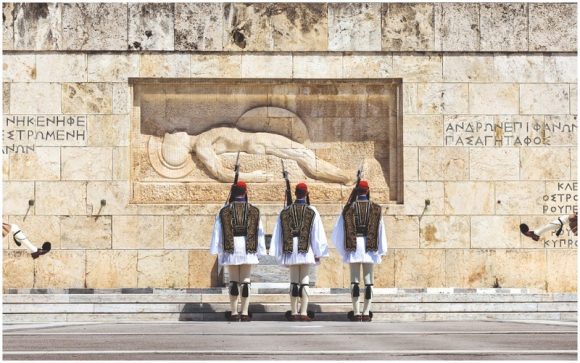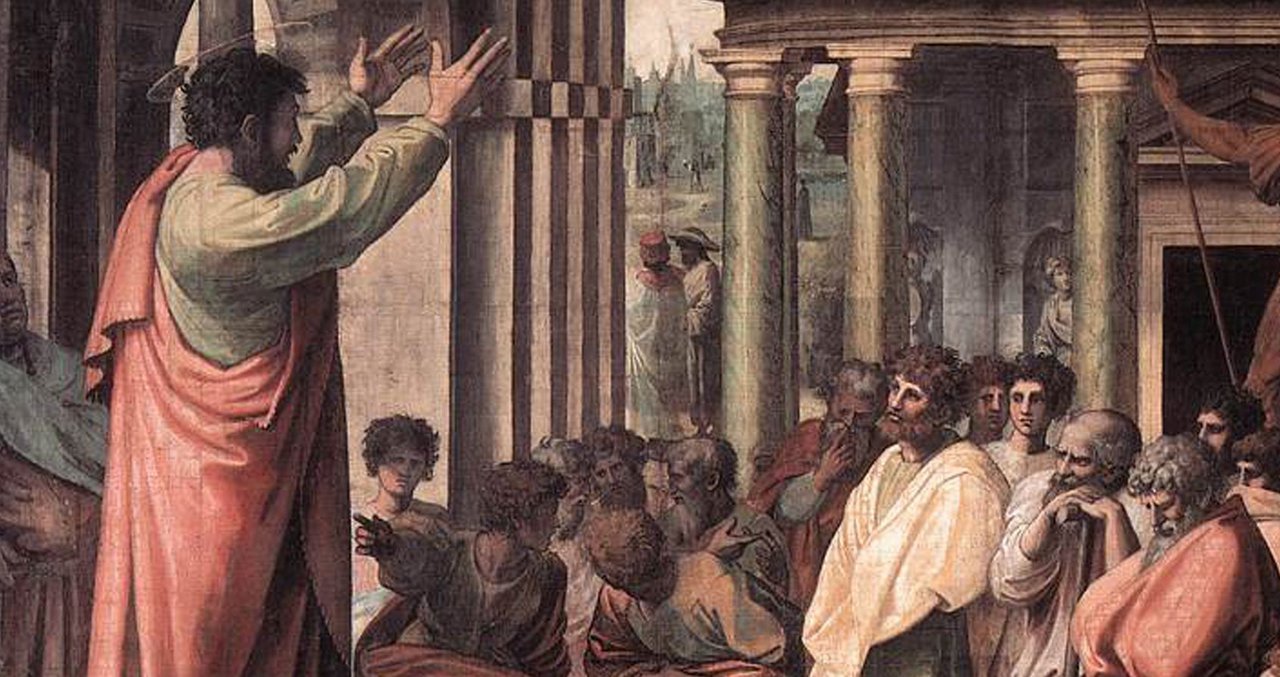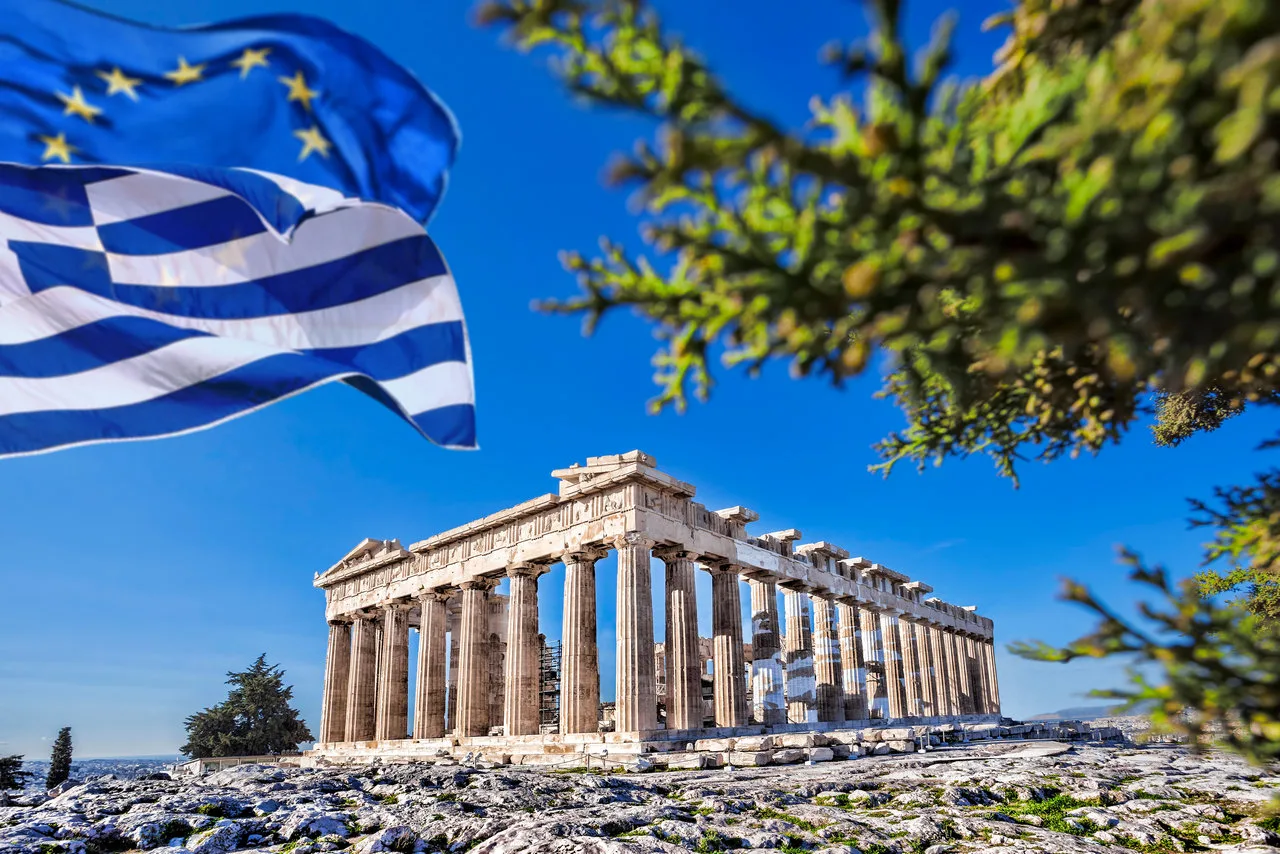The Tomb of the Unknown Soldier in Athens
What is the Tomb of the Unknown Soldier
The Tomb of the Unknown Soldier is located in Syntagma Square in Athens by the Hellenic Parliament building. The tomb honors all those Greek soldiers who were ever killed in war and each day, there is a special ceremony performed here that further honors the following. While visiting the city, you absolutely don’t want to miss the chance to not only see the tomb itself but to view the ceremony if you are able. The Hellenic Parliament building, however, is more than just the parliament. That building has a rich history, as well, since it was the palace when Greece was ruled by a monarchy.
Best Time to View the Tomb of the Unknown Soldier
Of course, you can head to Syntagma Square at any time in order to view the Tomb of the Unknown Soldier. It is guarded by an Evzone soldier who is dressed up in the traditional uniform. Every hour, there is a changing of the guard ceremony located at the tomb where one Evzone soldier comes to relieve the other of his duty. If you have a chance to watch this ceremony, it’s worth the effort. Every week at 11 AM on Sundays, there is an even larger ceremony where a group of soldiers marches to the tomb. There is also a band that marches with the soldiers, playing traditional Greek military songs. To get the full experience, you should try not only watch the hourly changing of the guard ceremony at least once but also the event that takes place on Sundays
The Tomb of the Unknown Soldier is a war memorial located in Syntagma Square in Athens, in front of the Old Royal Palace. It is a cenotaph dedicated to the Greek soldiers killed during the war. It was sculpted between 1930 and 1932 by sculptor Fokion Rok.
The tomb is guarded by the Evzones of the Presidential Guard.

Construction
The decision to build a monument was taken by an army general and “constitutional dictator” Theodoros Pangalos. In his capacity as Army Minister, an advertisement was placed in the Espera newspaper, requesting a “submission for a study of the construction of a tomb of the Unknown Soldier, in front of the Old Royal Palace, suitable for this purpose”. On 9 October 1926, the Army Ministry approved and granted by the majority the study made by architect Emmanuel Lazaridis.
The location of the monument at the Old Palace was suggested both by the architect himself and by Pangalos, who wish for the Army Ministry to be housed in the building. However in 1929, after fervent reaction and continuous meetings, Eleftherios Venizelos, setting aside his disagreements with Pangalos, decided that the best location would be the original one in Syntagma Square, reasoning that the Monument ought to be in the city center, much like the Arc de Triomphe in Paris.
Inauguration in 1932, with the presence of a Turkish delegation
The construction committee had given all responsibility for the construction to Lazaridis. Initially, he had worked with sculptor Thomas Thomopoulos who had proposed as a central sculpture a representation of the Gigantomachy with an angel (representing Greece) lovingly receiving the dead soldier. Despite Lazaridis initially agreeing to this design, Thomopoulos’s sculpture was never built due to a lack of funds.
In 1930, Lazaridis instead assigned Fokion Rok as a sculptor with a unanimous decision of the construction committee. The committee then approved a new proposal for the sculpture, a gunner lying on the ground. This design was deemed appropriate owing to its calmness and simplicity.
For the construction, a large-scale excavation and leveling of the terrain took place.
The Tomb was unveiled on 25 March 1932 by then Prime Minister Andreas Michalakopoulos, with the participation of many foreign delegations, followed by a parade of the monument guard. At the same time, a torch was brought from the monastery of Agia Lavra to light the eternal flame in the center of the cenotaph.
Style and inscriptions
General view
The Tomb is in the French urban and classical tradition, combined with the modern spirit of Art Deco and with symbolic references to Ancient Greece. The main issue was the integration of the Tomb with Syntagma Square and with the neoclassical Palace and the contribution to the redevelopment of the square.
The Tomb is a large-scale Π-shaped retaining wall of limestone. The sculpture is at the centre of the wall. To the left and to the right there are two side staircases while in the centre there is a rectangular raised grave. The stairs of the monuments are purely decorative, as the steps are for observation during ceremonies.
The sculpture represents the naked male figure of a dead warrior lying on the ground. He holds a circular shield in his left hand and wears an Ancient Greek-style helmet. The representation of the body gives the impression that the Unknown Soldier is ready to arise at any moment.
To the left and right of the sculpture are phrases from the works of Thucydides. To the left, “ΜΙΑ ΚΛΙΝΗ ΚΕΝΗ ΦΕΡΕΤΑΙ ΕΣΤΡΩΜΕΝΗ ΤΩΝ ΑΦΑΝΩΝ” (“There’s one empty bier made up for the unidentified [fallen] ones”); to the right, “ΑΝΔΡΩΝ ΕΠΙΦΑΝΩΝ ΠΑΣΑ ΓΗ ΤΑΦΟΣ” (“The whole earth is the sepulcher of famous men”). Both are quotes from the History of the Peloponnesian War. Over the main sculpture in smaller writing, one reads “ΕΙΣ ΑΦΑΝΗ ΣΤΡΑΤΙΩΤΗ” (“To an unknown soldier”).
The names of battles where many Greek people died in recent history are written into the limestone walls around the sculpture.
Side view, showing the steps with inscribed locations
To the left of the monument, descending by the steps, are inscribed the names of battle locations of the First and Second Balkan War and World War I: Elassona, Sarantaporo, Lazarades, Porta Pass, Katerini, Sorovich, Yenidje, Thessaloniki, Ostrovon and Korytsa, Pesta, Gribovo, Pente Pigadia, Preveza, Aetorrachi, Manoliassa, Bizani, Driskos, Kilkis–Lachanas, Belles, Kresna-Tsoumagia, Petsovo, Nevrokopi, Banitsa, Machomea, Golobilo, Sborsko, Preslap, Erigon, Ravine, Monastiri, Skra, Strymon, Doiran, Belles, Grankorone and Tzena.
To the right of the monument, descending by the steps, are inscribed the names of battle locations of the Russian Civil War and Greco-Turkish War: Cherson, Sermikas, Odissos, Sevastoupolis, Artaki, Aidinio, Proussa, Philadelphia, Toumlou Bunar, Koutacheia, Dorilaion, Afyonkarahisar, Sangarios and Kale-Groto.
To the left and right of the figure of the dead soldier are the names of battle locations of World War II and later engagements in which Greeks died: Pindus, Morova, Korytsa, Kalamas, Tomoros, Trebeshina, Cheimarra, Argyrokastron, (Hill) 731, Boubesi, Kalpaki, Kleisoura, Premeti, Ostrovitsa, Pogradec, Roupel, Perithori, Crete, El Alamein, Rimini, Roubikonas, Dodecanese, Korea, and Cyprus.







